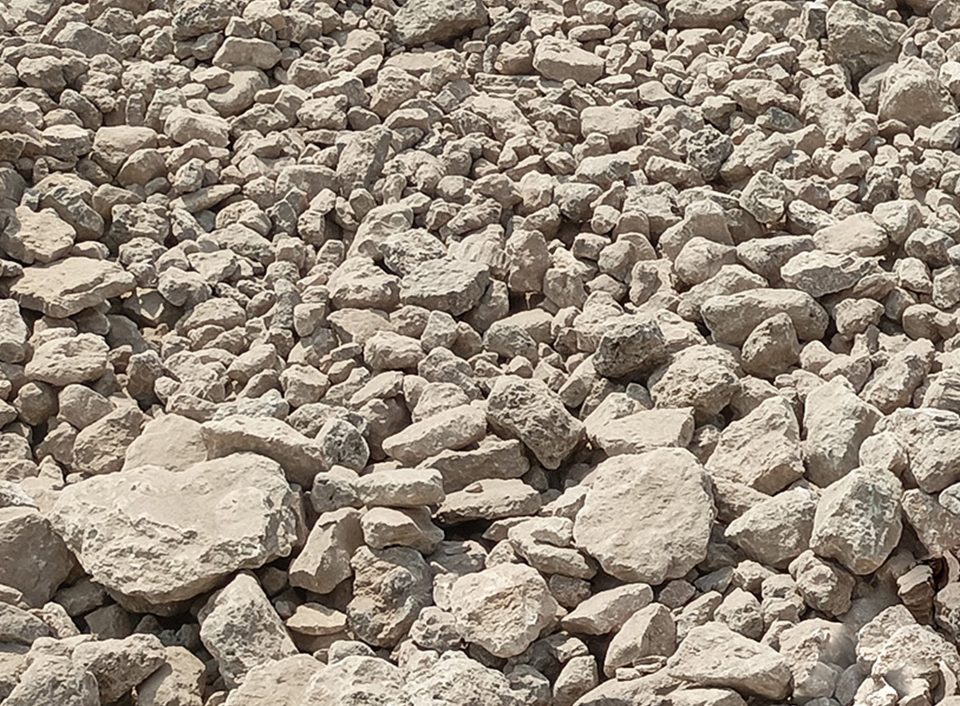About Celestine Ore
Celestine (SrSO₄), also known as celestite, is a rare sulfate mineral prized for its high strontium content. Characterized by its delicate blue hue (though colorless, white, or orange variants exist), celestine forms in sedimentary rocks, geodes, and hydrothermal veins.

Key Properties of Celestine Ore
- Chemical Composition: Strontium sulfate (SrSO₄), occasionally with barium or calcium substitutions.
- Color & Crystal Structure: Sky-blue, white, or reddish; orthorhombic crystals.
- Density (3.9–4.0 g/cm³): Heavier than quartz but softer than barite (Mohs hardness: 3–3.5).
- Fluorescence: Some specimens glow under UV light due to trace impurities.
Industrial Applications
- Strontium Carbonate Production:
- Celestine is the primary source of strontium, refined into strontium carbonate (SrCO₃) for:
- Pyrotechnics: Creates vibrant red flames in fireworks and flares.
- Electronics: Used in cathode-ray tubes (CRTs) and ferrite magnets.
- Glass & Ceramics: Improves glare reduction in TV screens and optical glass.
- Celestine is the primary source of strontium, refined into strontium carbonate (SrCO₃) for:
- Oil & Gas Drilling:
- Strontium sulfate slurry serves as a high-density drilling fluid additive.
- Minor Uses:
- Pigments, medical imaging (radioactive strontium-89 for cancer treatment), and decorative gemstones.
